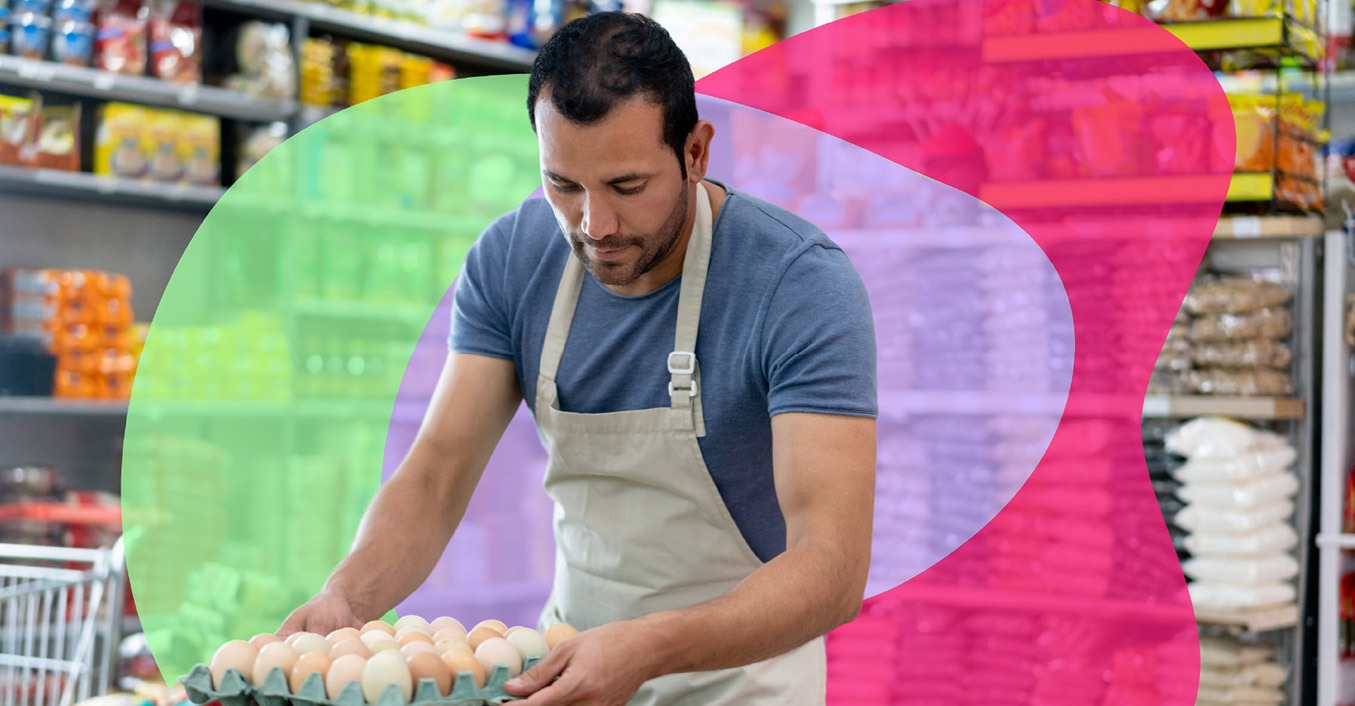
Today, only 29% of direction sent from HQ to stores is executed correctly — that’s across all industries, not just convenience stores.

CEO and Co-Founder of Zipline
We know it’s not the fault of store teams. Unfortunately,most haven’t been given the tools and information they need to be successful. I lived this problem first-hand in my comms role at a large retailer before founding Zipline. What I realized was that the key to store execution was better communication and technology. Consider the huge amount of information hitting stores around COVID-19. They recieve corporate policies, local government policies, signage requirements, etc. They’re expected to take action, all while keeping shelves stocked through unprecedented traffic, dealing with anxious customers, and keeping the store clean. It’s overwhelming, especially for a business that is open 24/7. It’s up to HQ to cut clutter and confusion for the stores and find ways to inspire employees to take action. That begins with giving store teams the proper tools so they can effectively prioritize and plan. This can be as simple as targeting information by role or location so employees don’t see information that doesn’t pertain to them. Other times, it’s about making information readily available so teams spend less time searching and reading, and more time getting stuff done. Beyond that, it’s about giving teams the context to understand how to effectively prioritize their tasks. If you have 10 things on your to-do list, and only time to do nine of them, which one should you let slide? Without proper context, store teams will never know if their decisions support larger brand goals.

Absolutely. In fact, we just completed a study with Coyle Hospitality that found a direct correlation between a retailer’s Glassdoor score and its sales execution. That’s why it’s so important to connect what stores need to know with what stores need to do in a way that guides them and make it clear what’s expected. By doing this, store teams know how their work supports the larger picture and they have context to enable them to make better decisions in the moment. (We’ve also found that this knowledge drives higher engagement—and engaged employees are more likely to stay with their employer, longer.)
We analyzed NAPCO’s Health and Safety data across 100 omni-channel retailers and found the Zipline customers dramatically outperform non-customers.


There are so many great examples of agility coming out of the pandemic. When I worked for a retailer, it would take years to roll out big initiatives. During the pandemic we saw brands introduce curbside pickup, BOPIS and delivery—seemingly overnight—and often with fewer resources and a totally remote HQ staff. And, oh yeah, they did this while implementing all-new health and safety policies that varied from store to store. The common thread for retailers that did this successfully was an emphasis on communication and empowering store teams.
It comes down to having technology that is built with a real understanding of the challenges and inner workings of retail. Zipline, the product I developed after leaving my comms job, is an operations platform for brick-and-mortar retailers and the only solution on the market that combines store communications and task management to drive flawless store execution. Zipline cuts clutter and confusion for the fleet, drives accountability and inspires employees to take action. Oversight, audit and reporting tools allow DMs and HQ to keep tabs on store compliance and understand which stores are doing well and which ones might need additional support. Speedway, as an example, recently deployed Retail Zipline across approximately 3,500 stores to enhance the communication between Speedway’s support teams and their stores, providing frontline workers and leadership with the tools they need to deliver a safe and convenient fueling and shopping experience. In our joint press release, Tim Griffith, Speedway’s president, addressed why they chose Retail Zipline for their communications platform. He stated that Speedway “chose Retail Zipline because they are the clear leaders in this space, and they understand the challenges we face. The Retail Zipline platform enhances how we empower our store associates and our leadership with accurate, real-time information. This allows our store associates to keep their focus on delivering consistent, quality experiences to our millions of customers.”

Yes! In fact, Hy-Vee accelerated its rollout of Retail Zipline for this reason. With grocery store associates on the frontline during the pandemic, Hy-Vee executives wanted to be able to reach each and every store employee, via weekly videos, to let them know they were appreciated and that the company stood behind them. I love that Zipline is able to play a role in helping retail workers feel good about the work they do.

